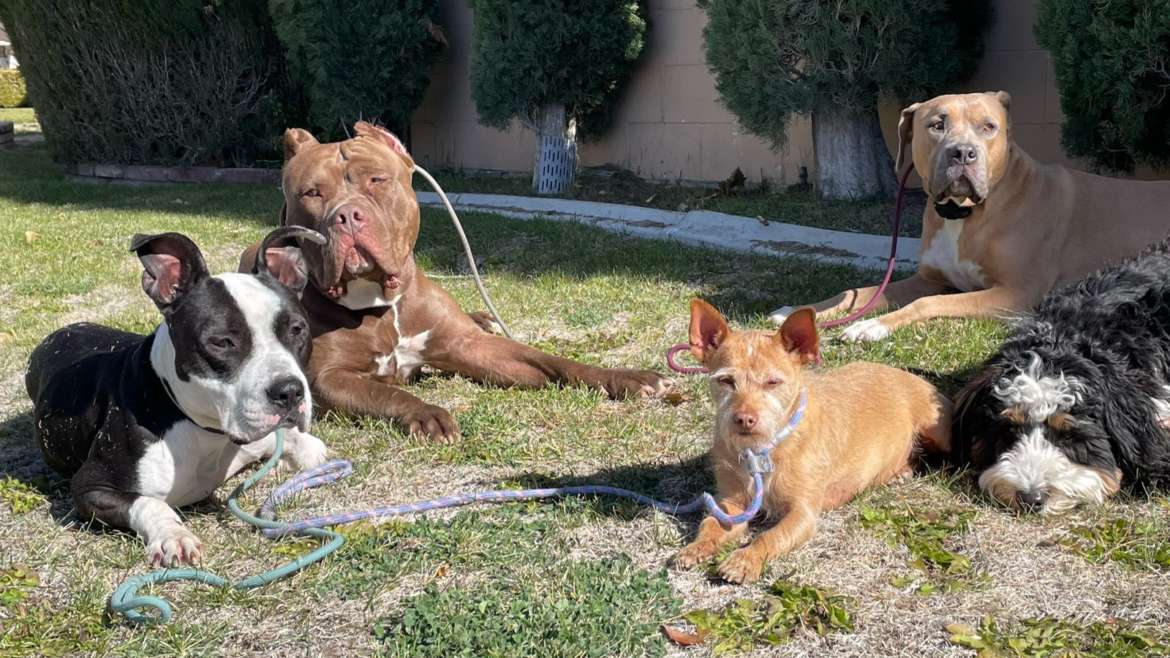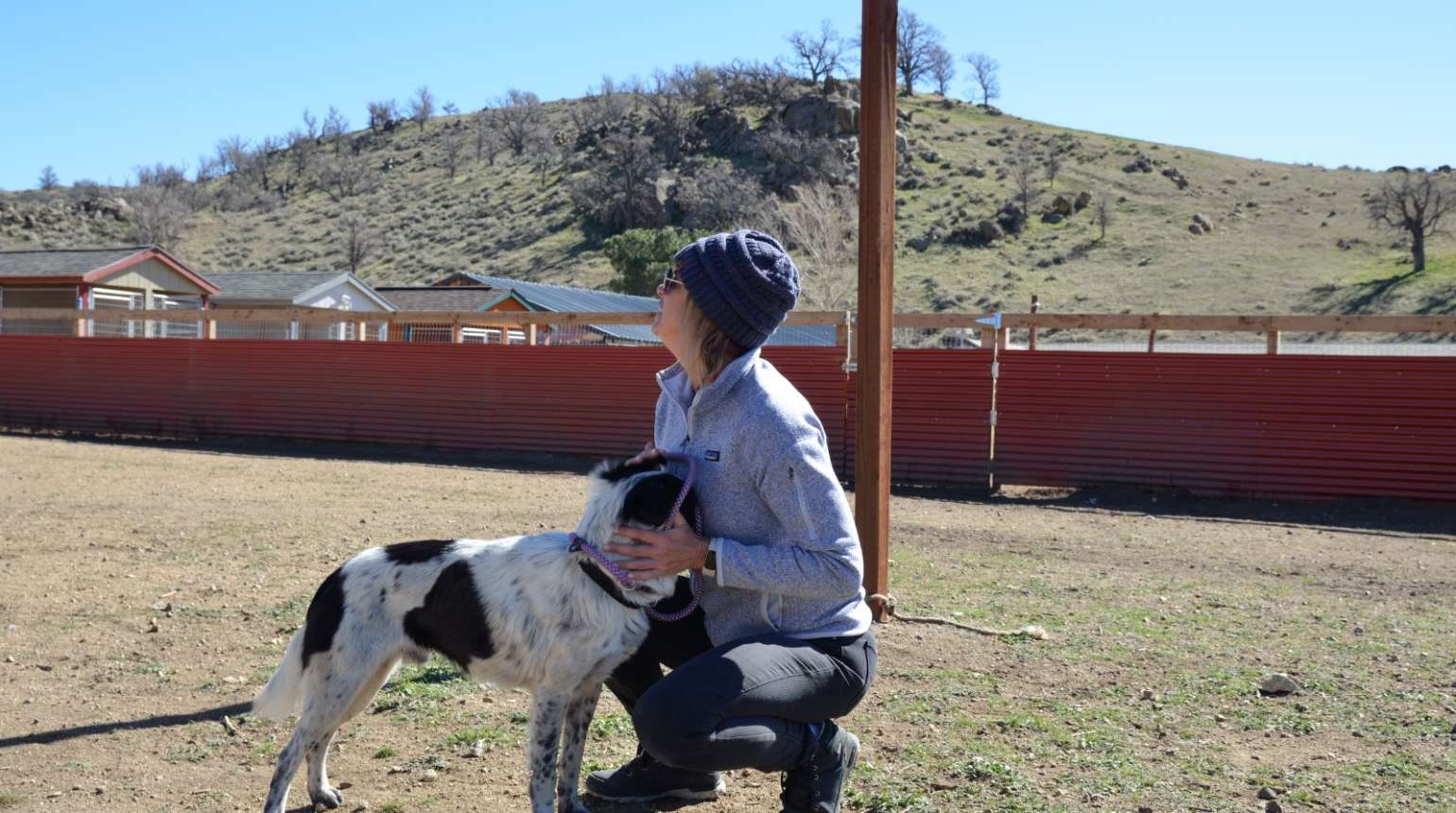I recently read an article talking about how scientists are conducting research to understand just how dogs interpret these “talk buttons” that are all the rave on social media. If you are not familiar with talk buttons or tiles, they are these small contraptions that will say a word (hungry, walk, happy, etc. ) when pressed. You place them on the floor and teach your dog to press on them to “get what they want”.
People swear that their dogs are talking to them, and are able to put entire sequences of words together to “say” they want to go outside, for example. What is confusing to me, is just how are these tiles different from the Pavlovian or classical conditioning of getting a significant response to a neutral stimuli? Yes, dogs can be conditioned. As can horses, dolphins, humans; I venture to guess that most mammals can be conditioned. But conditioning is different than communicating. Most importantly, focusing entirely on conditioning misses an immense opportunity for us humans to realize that dogs are communicating with us all the time. We just don’t know how to interpret those interactions. I also venture to guess that people that work with horses, dolphins, cats, will say they are communicating all the time as well. One simply needs to understand that animal’s language in order to be successful in teaching them something. We humans would do well to realize that our way is not the only way that one communicates. Words are wonderful, but so is the dogs’ way of using body language, energy and community to teach one another what are and are not acceptable behaviors. They communicate in poetry, while us humans do it in prose.

A dog’s way of communicating centers in energy and body language. In humans upwards of 70% of our communication is non verbal, so it shouldn’t be a stretch for us to understand that. The issue arrises when we choose to bypass that and focus entirely on language as a way of communicating with our dogs.
The language of dogs is much more nuanced than words. But like any other language it can be learned. And they also can learn to interpret our language, but that takes time and conditioning. Much like it took us to learn how to speak, do math, brush our teeth, etc. What wouldn’t have worked in our learning process was if someone tried to teach us to speak once or twice and simply gave up because it was taking too long for us to learn. Or insist on repeating the same word over and over again even tough we didn’t understand it the first time. The dog training world has plenty of examples of trainers saying the dog is “just being stubborn” or “the dog simply needs more treats” when in reality the dog is confused. What is going on is the dog doesn’t understand that sit means put your butt on the ground. It has nothing to do with the amount of treats or any reluctance on their part. They simply don’t speak human.

When teaching dogs, we can all benefit from taking the time to learn a little bit more about them and also understanding how much we can learn from them. Dogs have only four states of mind: Fight – Flight – Avoidance – Surrender. Once we understand what each state of mind looks like, then it is just a matter of us deciding how we want to communicate if we agree or disagree with said state of mind.
Fight is a forward movement towards stimuli. It can mean what we typically associate with fight (two individuals brawling about something) but it can also mean moving forward instead of retreating. Flight can mean running away from a stimulant, but it can also mean simply giving it space. Avoidance is one of the trickiest states of mind to pin point. The way I like to explain it is, anything that will get your dog not to relax is avoidance. Think about when you don’t want to deal with an acquaintance that you see at a restaurant. How you look at your phone or out the window in order to steer clear of an interaction. That is avoidance in a nutshell. Surrender is letting go, surrender is trust. We surrender in war, but we also do it in prayer. How ones wishes to define it, is up to them. However, I see surrender as a release. It is the point when the dog looks to the human for direction and therefore is open to learning. It is the feeling of complete peace knowing that someone has your back. That is when we can start teaching them the behaviors we want them to display in the human world. Surrender means letting go of fight and flight and just being present. Shedding that avoidance that has kept the dog in a constant state of uncertainty. Most trainers leave dogs in avoidance since it stops the “misbehaving”. But that energy inside of them has to go somewhere. The dog still hasn’t “let go” of whatever is creating an uncertain state of mind. That is also, in a nutshell, the difference between a dog that knows commands and a dog that is at ease. Training versus state of mind.
Even though it might seem that I disagree with the tiles or buttons idea. I do not. Kudos to owners that actually are open to spending the time, effort and money to achieve a better relationship with their dog. That is half of the battle. My goal is to help people understand that there is an easier way to achieve a healthier and more fulfilling relationship (both from the dog’s point of view and from ours) with our beloved pups. We simply have to be open to learning their way. Learning our routines, our habits, our way of life is something that dogs do instinctually. They imitate behavior. Our part comes into surrendering to the fact that they are dogs. They will always behave like dogs, because they don’t know anything different. Once we accept that, then we can be open to learning their way of communicating and being. What dogs have taught me is the ability to surrender. To trust the process and know that, at the end of the day, I can guide them to better versions of themselves in this human world. No tiles are needed for that.



